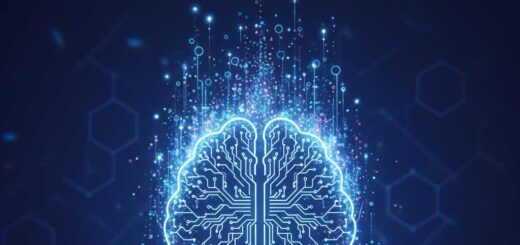How AI Is Reshaping Education: What Students and Teachers Need to Know in 2025
Introduction: The AI Wave in Education
AI brings up many questions and even some clear problems. While we’ll talk about the exciting things AI can do in this article and the rest of the series, it’s also important to recognize that many people feel unsure or worried about it—and that’s completely understandable.
Some of the biggest concerns include fairness, cheating, how information is used, privacy, and who is responsible when things go wrong. On the other hand, new AI tools also offer ways to make learning more interesting, support different learning styles, help teachers work more efficiently, and bring fresh ideas into education.
There’s no simple answer to how we should use AI—it’s a complicated topic with both challenges and great possibilities. In the rest of this series, we’ll explore the good and the bad sides of AI, talk about major issues, and share how some teachers are already using it in schools.
We’ll also talk about the importance of media literacy and give you useful tips to help you and your students get ready for what’s ahead. By the end of the series, you’ll have a better understanding of AI and how to use it with more confidence. Stay tuned for more!
The Rise of AI in the Classroom
Artificial intelligence (AI), especially generative AI, is changing the way we work and learn. For about 40 years, computers followed strict rules to solve problems. Now, AI can learn from data and make predictions without being told exactly what to do in every situation. This means it can handle complex and unclear problems that older systems couldn’t.
Generative AI can create things like text, code, and images when asked. It’s becoming smart enough to help with tough tasks, talk like a human, and even take on roles like tutors, assistants, or creative partners.
In his book Co-Intelligence: Living and Working with AI, Professor Ethan Mollick from Wharton encourages us to think of AI as a co-worker, co-teacher, and coach. He explains how AI is already changing schools and workplaces — and says we must learn to work with AI if we want to succeed in the future.
Recently, the latest version of ChatGPT, called ChatGPT-4o, became faster, smarter, and cheaper. Now, more people can use it as a powerful tutor or create custom AI helpers to automate tasks. It can understand and respond to voice, text, and images — all at once — which makes it even more helpful.
Google also launched LearnLM, a new AI system made to make learning more personal and fun. It includes tools like a learning coach and a question-and-answer feature on YouTube.
Tech expert Jack Clark recently talked about a wild idea: AI tools that can turn videos into playable games. He says we may soon be able to create and explore endless virtual worlds from our own imagination. This could be exciting — but also a bit overwhelming. He warns that no one is really ready for how big these changes might feel.








